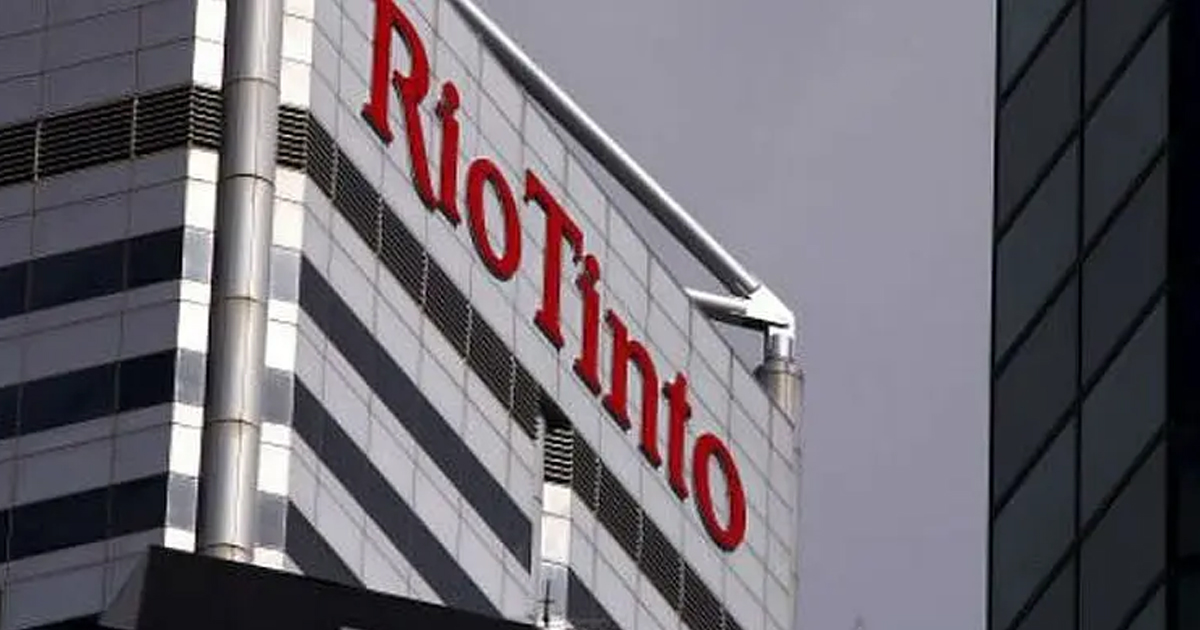Rio Tinto to acquire Arcadium Lithium for $6.7 billion
10 Oct 2024

Rio Tinto, the world’s second-largest metals and mining group, has agreed to acquire smaller peer Arcadium Lithium for $5.85 per share, valuing the company at $6.7 billion, in an all-cash transaction.
Rio Tinto said the acquisition is being made at a premium of 90 per cent to Arcadium’s closing price of $3.08 per share on 4 October 2024, and a premium of 39 per cent to Arcadium’s volume-weighted average price since Arcadium was created on 4 January 2024.
The boards of both Rio Tinto and Arcadium Lithium have unanimously approved the deal that would create a world-class lithium miner.
The acquisition will make Rio Tinto the world’s third-largest lithium producer after SQM, the world’s largest provider of lithium for electric vehicle batteries and Albemarle, the second largest producer of lithium.
Based in Charlotte, North Carolina, USA, Albemarle Corporation operates 3 divisions, including lithium, bromine specialties and catalysts.
Based in the Atacama Desert in Tarapacá and Antofagasta regions of Chile, Sociedad Química y Minera de Chile (SQM) is a supplier of plant nutrients as also iodine, lithium and industrial chemicals. It is the world's biggest lithium producer.
Rio Tinto said the acquisition of Arcadium Lithium is key to its counter-cyclical expansion that will take care of its copper and aluminium businesses as well.
It will also part of a long-term strategy of creating a world-class lithium business that would supply materials needed for the energy transition.
The acquisition will also bring scale, development capabilities and financial strength to Arcadium Lithium, which is already an is an outstanding business, Rio Tinto stated.
For Rio Tinto the acquisition will give access to lithium mines and deposits in Argentina, Australia, Canada and the US as also processing facilities. It will also expand its customer base to include major consumers such as automakers Tesla, BMW and General Motors.
Rio Tinto expects the transaction to close in mid-2025 once all regulatory and other clearances are in place.






















